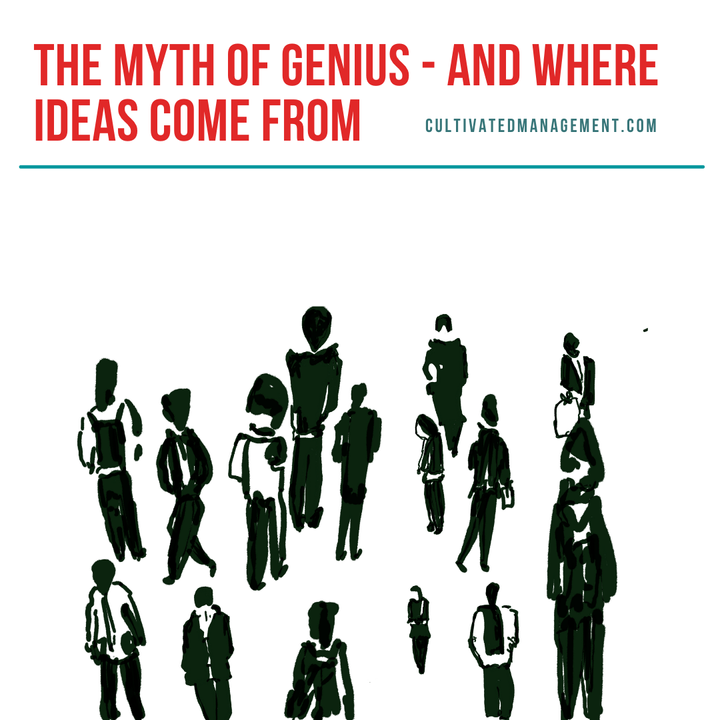How to move people into motion - 10 powerful ideas

In this post and video we’ll cover an idea that helps you move people into motion. Motion is movement. It’s action, hopefully around the right things. Learning how to move people into motion is a great skill to develop.
So, if you’re delivering a strategy or making a change, you’ll need to learn how to move people into motion. How to move them into action. How to stir something inside them that compels them forward, and in a way that is not forced, nor mandated.
It’s a journey of sorts and it requires a few things in order to move people into motion.
How to move people into motion
Firstly, to move people into action requires knowing roughly which direction you are moving in – a key foundational aspect when it comes to releasing agility,
Secondly, it requires yourself (and hopefully others) moving in this direction and shining a light so others can see. It requires an honest look at what is stopping you, or may prevent you or may get in your way.
But most importantly, it means being passionate about this direction and creating a compelling set of reasons why others should join you.
In this video I share how I pull my Mazda MX5 as a metaphor for the hard work you must go through to move people into motion. The car is heavy and I’m pulling it from the front to lead the action from the front, by pulling the car.
Sadly, there are people at the rear of the car pulling in the opposite direction. They are not doing this through bad intent. They likely have positive intent. Maybe they are worried about the new direction, don’t understand it, don’t feel like they know their place in it or they don’t feel they have a role to help them.
The majority of people in your business are in the car (although you wouldn’t get many in a Mazda). They are making it hard to get out of the car and join you at the front.
And remember, motion and emotion come from the same place. So, if you want to move people into motion you need them to feel some emotion. You cannot make people feel anything they don’t want to feel – that’s up to them, but you can deploy some effective communication techniques to help – and make it clear where you’re heading.
Watch the video or continue below.
How do you move people into motion?
- Explain the direction and obstacles you can see and ensure there is a plan in place. This is technically a strategy. Carefully create it and communicate it well.
- Give feedback to those who behave badly (even if their intent is sound).
- Listen to them and then help them.
- Surround yourself with influential, talented, passionate people who are aligned around the vision.
- Communicate clearly what the journey is and the next steps. Remember DISC? Well, this is useful here. Some people may join you with a vague description of the path, but others will need details and next steps. Break the journey down and this will help many join you as you overcome obstacles on the path.
- What’s in it for them? Keep asking yourself this powerful question. Why should they get out of the vehicle and join you? Why would they invest energy and attention on this? And if you default back to “because it’s your job do so it” – try again.
- Look at the system of work and fix any processes, rules, incentives, goals or anything else that is preventing people from joining you. As a leader or manager you own various aspects of the system – change what you can by pulling levers of change. Fix broken processes, remove silly rules, get rid of the red tape.
- Train, coach and nurture people. I often see managers rolling out technical and product roadmaps with no plan for their people. Your people need a plan too.
- Tell stories – they go where facts cannot.
- Role model the behaviours that are needed for this bright future. A good example is important, and it beats a shiny PowerPoint or HR job description any day.
Closing Thoughts on how to move people into motion
The more people you can get out at the front pulling the car (or company), the more momentum you can get. The more people there are to solve problems. The more traction you will have and the more ground you can cover.
And it becomes really hard to pull in the other direction.
This is when change happens. This is what good managers do all the time. They gather momentum by moving people into motion.



